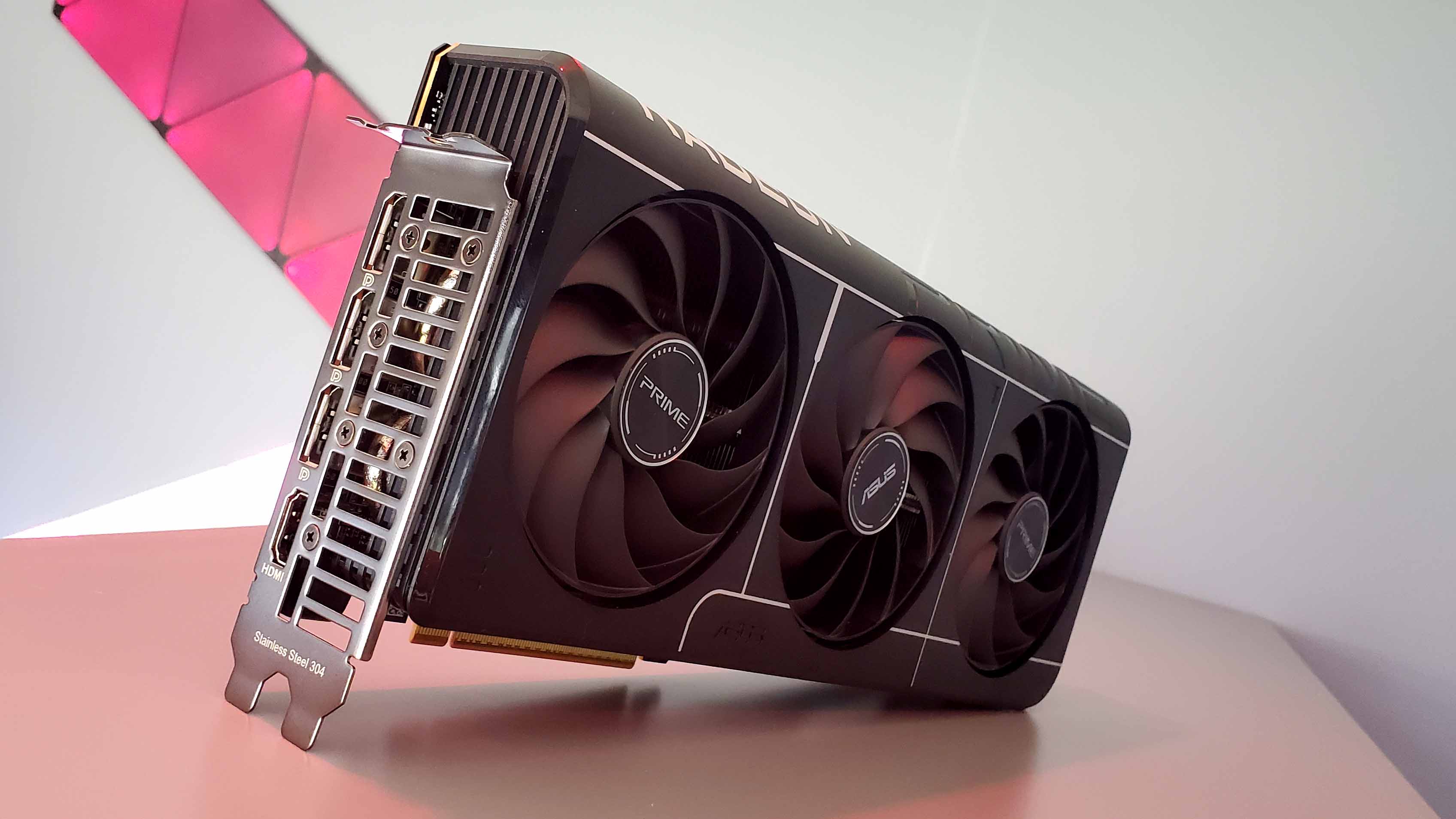
Bilibili hardware channel 51972 has released a video detailing benchmarking comparisons of 22 different models of the AMD Radeon RX 9070 XT and came to a slightly troubling conclusion—the variants making use of Samsung GDDR6 memory chips are slightly slower when compared to their older, SK Hynix-equipped cousins.
How much slower? By, err, 2.6% on average. Granted, it’s not exactly a massive difference, but it’s still a little disappointing to know the latest RX 9070 XT revisions are technically the slowest, even if its by a tiny margin.
according to 51972, amd cn confirms that samsung g6 used on 9070xt has looser timings resulting in slightly worse performance.海力士=hynix三星=samsungbilibili 51972, 9070xt roundup testhttps://t.co/DQC5SOm3Qb pic.twitter.com/7Sn0dJEmvNJune 12, 2025
AMD appears to have started using Samsung GDDR6 memory for the RX 9070 XT fairly recently—and it’s been reported that the new chips provide better thermal performance, although we’ve yet to test one for ourselves.
According to 51972, AMD has confirmed to the channel that Samsung’s GDDR6 memory chips have slightly looser timings compared to their SK Hynix equivalents, and that accounts for the slightly lower figures in the benchmarks.
Now, before we all go sharpening our pitchforks, it’s worth pointing out that a 2.6% reduction in performance is a pretty small drop off. The results were also recorded in a single benchmark, 3DMark Speed Way, and such a small difference is unlikely to make much of a difference in real-world gaming tests.
When our Dave tested an SK Hynix-equipped RX 9070 XT he was impressed by its RTX 5070 Ti-like performance overall, and should that 2.6% drop translate to our benchmark results, it still wouldn’t place the AMD card much further behind its significantly more expensive competition.
It’s unclear as to whether manufacturers will clearly differentiate between cards using Samsung chips or the SK Hynix variants, but it seems unlikely at this point. What’s also unclear is whether the Samsung-equipped cards will take to overclocking in the same way the original spec did.
We found our Asus review sample gained a significant amount of performance with a -120 mV undervolt and the memory pushed to 2600 MHz, which would likely counteract the 2.6% drop if the new memory chips are capable of the same. We won’t be able to say for definite until we test one for ourselves, though, and as with all overclocking figures, your mileage may vary.
Still, slower is slower. A 2.6% difference wouldn’t be enough to keep me up at night if I bought a new RX 9070 XT, but if these results prove to be accurate, it appears to be a downgrade for the Samsung-using cards nonetheless.
